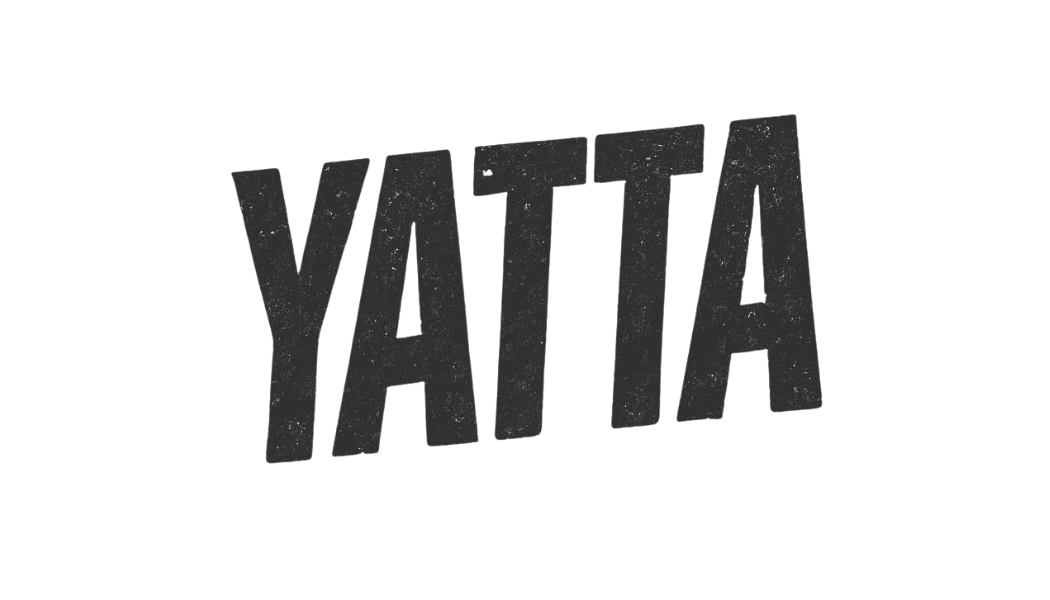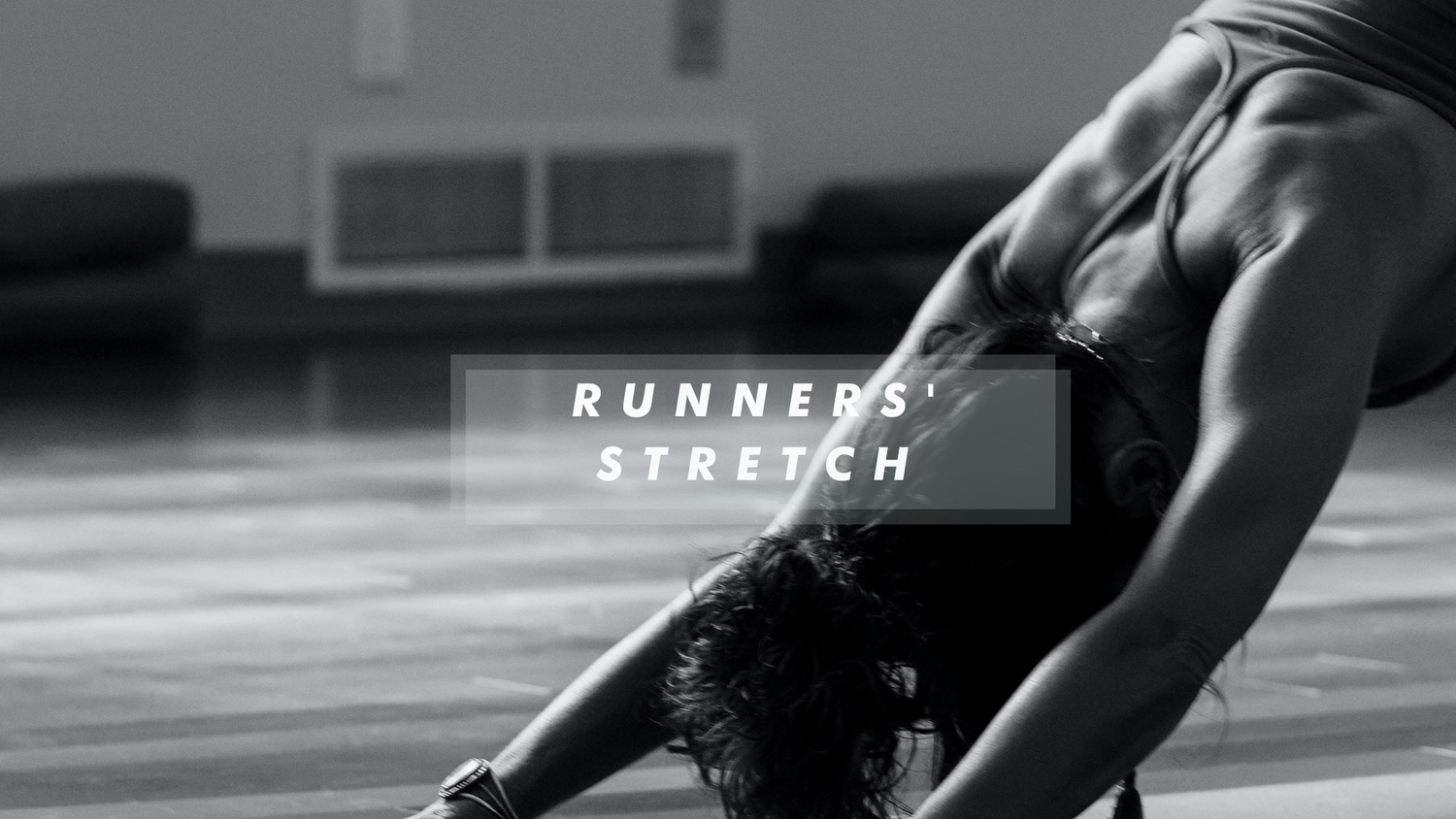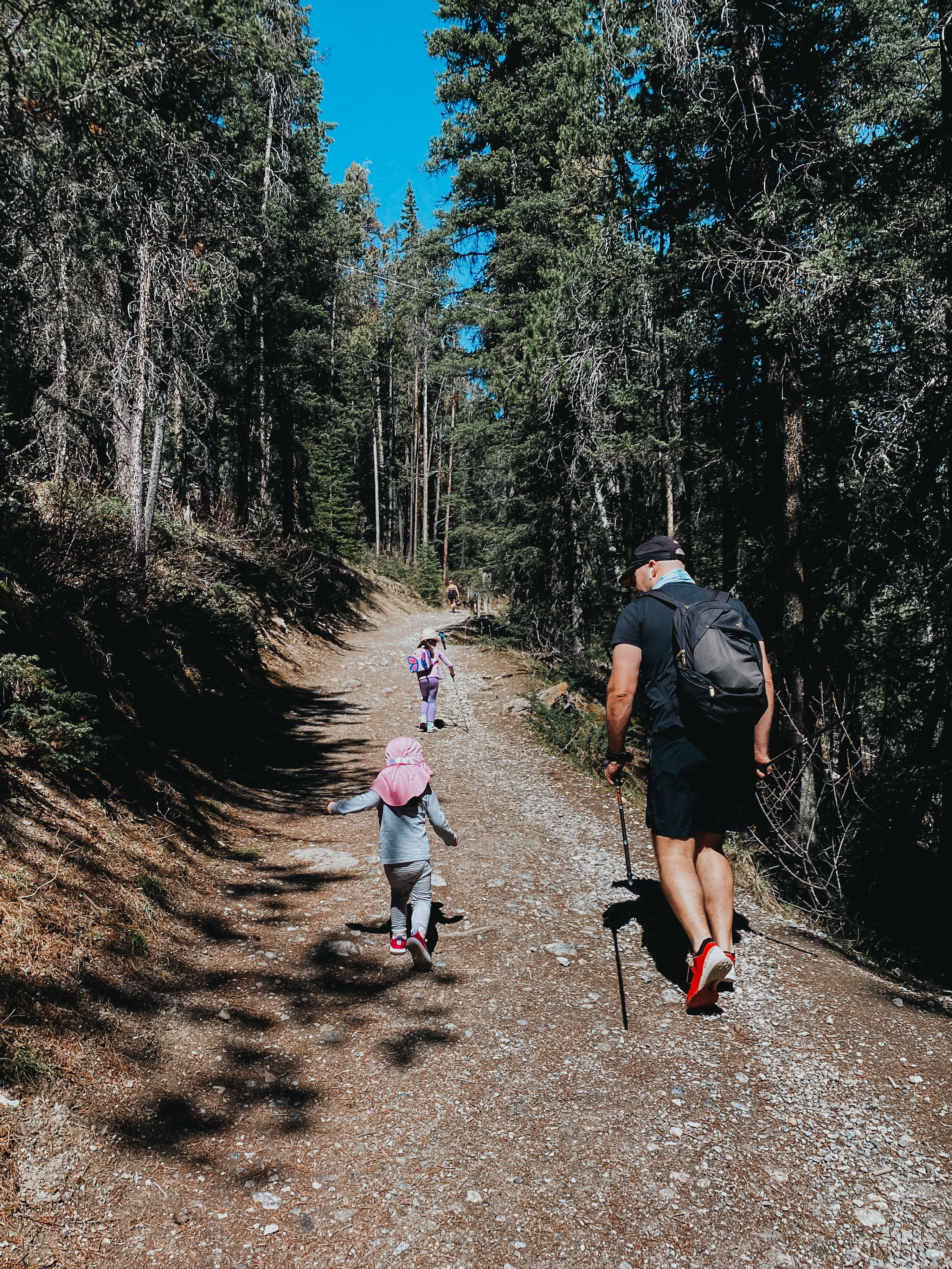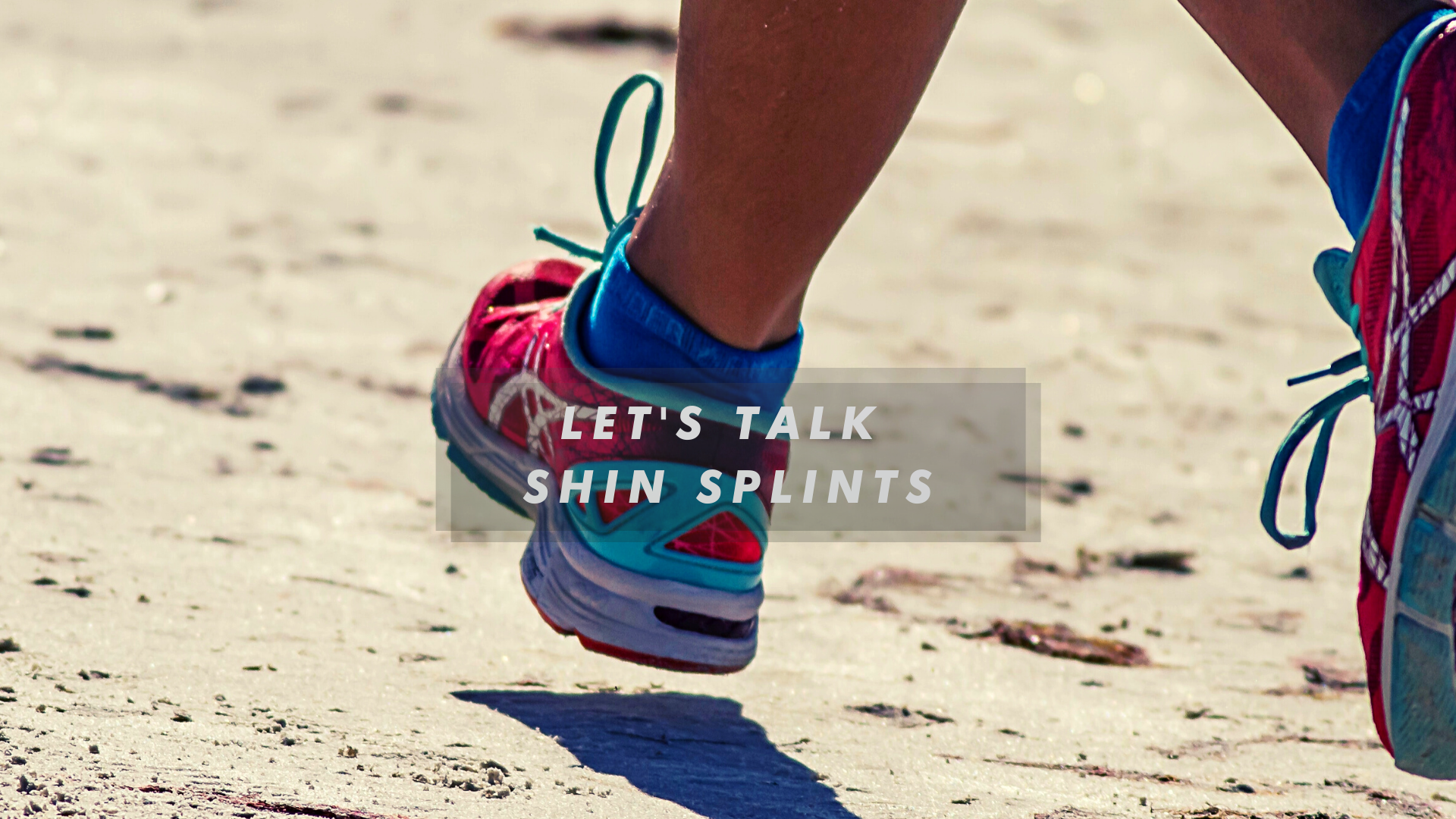Avid runners and those who live active lifestyles know that the occasional physical injury or discomfort comes with the territory. However, you might be overestimating how normal the frequency or severity of such discomfort actually is.
Soreness for runners is much more normal than actual pain. Studies suggest that on a scale of 10, a range of discomfort from 1-3 is normal. Anything beyond that might mean you’re running too far or you’re not getting adequate rest between workouts. A great way to prevent injury as a runner is by stretching regularly. Ideally, we’d stretch every day, but that may be impractical with a demanding schedule.
For best results, we suggest stretching three to five times a week if possible, but no less than once or twice a week. Some of our favorite runner’s stretches, which will offer the most benefit, are as follows:
1) Stretch: Knee Hug Stretch. While lying on your back, hug both knees to your chest, being sure to relax your back so it remains flat along the floor. Gently rotate your legs in circles.
Muscles targeted: This stretch targets the lower back, hips, hamstrings, and the inner and outer thighs. Can also help release lower back tension.
2) Stretch: Child's Pose Stretch. Come to your hands and knees on the floor. Spread your knees as wide as is comfortable for you, wider than your hips is ideal. You’ll keep the tops of your feet on the floor, and your big toes should touch.Bring your stomach to rest between your thighs and bring your forehead to the floor. Relax the shoulders, jaw, and eyes. Take deep, slow breaths and remain in the pose for as long as you like.
Muscles targeted: This stretch targets the thighs, hips and ankles. It can also release shoulder, neck and arm tension. Breathing is important here to maximize thel relaxation benefits.
3) Stretch: Seated Hamstring Stretch. Sitting on the floor, extend one leg straight oud and keep your back straight. Bend the other leg so that the sole of that foot rests against the mid-thigh of the straightened leg. Reach toward your outstretched ankle. You should feel the stretch in the back of your thigh. Keep your foot flexed and hold the stretch for 30 seconds to begin.
Muscles targeted: This stretch targets the hamstrings, lower back and knees. It’s a very useful stretch to target imbalances in the gait from overwork and performing this after a run can help prevent stiffness.
4) Stretch: Downward Facing Dog Stretch. Begin on hands and knees. Wrists should be directly under your shoulders, and knees directly under hips. Curl your toes under to lift the hips and straighten the legs.Spread your fingers and keep your weight evenly distributed in your palms and feet. Let the head hang down and pull your shoulder blades back and away from your ears. Engage your quads so less pressure in on the arms. Keep the hips high, and sink your heels towards the floor. Remain for a minute or two, while breathing deeply.
Muscles targeted: This stretch targets the calves, lower back and shoulders. It is one of yoga's most widely recognized poses, and can greatly benefit anyone who lives a fairly active lifestyle!
We hope you make the time to incorporate these stretches into your running routine and race training plans. Preventing injury should be a priority for overall well being, but also for longevity. We want to keep running as long as we can, and we want the same for you.





Leave a comment
All comments are moderated before being published.
This site is protected by hCaptcha and the hCaptcha Privacy Policy and Terms of Service apply.